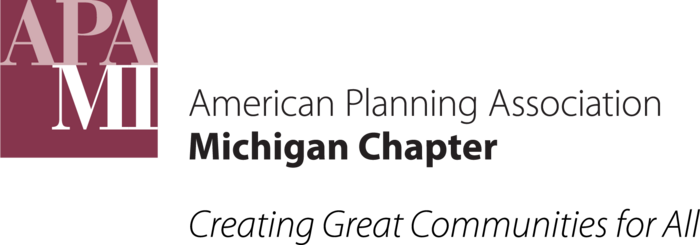Who Owns the Water?
The water in the Great Lakes is owned by the general public according to the Public Trust Doctrine.
The Public Trust Doctrine is an international legal theory – it applies in both Canada and the United States, so it applies to the entirety of the Great Lakes.
Public Use and Littoral Rights
This Public Trust Doctrine allows for the public use of water and submerged land regardless of neighboring private property ownership, because the water and submerged land are held in the public trust.
- Neighboring property owners do not own the water or the land under the water.
- However, they have unrestricted access to the water, a concept known as “Littoral Rights.”
- Littoral Rights allows private property owners on the Great Lakes to construct structures that anchor to the submerged land (like docks) with a State permit.
The Ordinary High Water Mark (OHWM)
The boundary line between the public trust land and water and the “upland” that can be privately owned is the Ordinary High Water Mark (OHWM). The OHWM has two different definitions:
- State Law Definition (for regulatory purposes)
- State Supreme Court Ruling Definition (for liability purposes)
Elevation Standard for OHWM
The “Elevation” standard for the OHWM is defined by the Natural Resources and Environmental Protection Act and is used for regulatory purposes.
- Defined as an elevation above sea level, constant for each Great Lake.
- The elevations for each Great Lake can be found here: www.michigan.gov/egle/about/Organization/Water-Resources/submerged-lands/ordinary-high-water-mark-ohwm
Natural Standard for OHWM
The “Natural” standard for the OHWM was defined by the State Supreme Court Case Glass v. Goeckel (2005). For the purposes of liability, trespassing, and other civil legal functions, the OHWM is defined by the "evidence of the presence of water.”
- The simplest indicator is vegetation. Recently submerged areas will have no vegetation, so the vegetation line frequently approximates the OHWM.
Zoning Regulations
Zoning regulations can and should use the elevation-based standard because it is easy to survey and measure. Communities should ensure they know where the elevation-based Ordinary High Water Mark is on their shoreline to tailor their zoning to their specific situation.

